(A)(C10H16)Reductiveoroxtive−−−−−−−−−−−→ozonolysis(B)(C5H8O)
(A) reacts with one equivalent of H2/Pd
a. Both (A) and (B) are resolvable.
b. Both (A) and (B) are irresolvable.
c. (B) is resolvable but (A) is not.
i. D.U. in (A)=(2nC+2)−nH2=3∘( one (C=C)+two rings )
ii. D.U.in (B)=2∘[one (>C=O) group and one ring ]
iii. Since (A) reacts with one equivalent of H2, one (C=C) and two rings of five C atoms or four C atoms with one (=Me) group in each ring.
iv. Moreover, oxidative and reductive oxonolyses give the same product, so (B) must be a cyclic ketone.
Possibilities are :[ alkene of the type 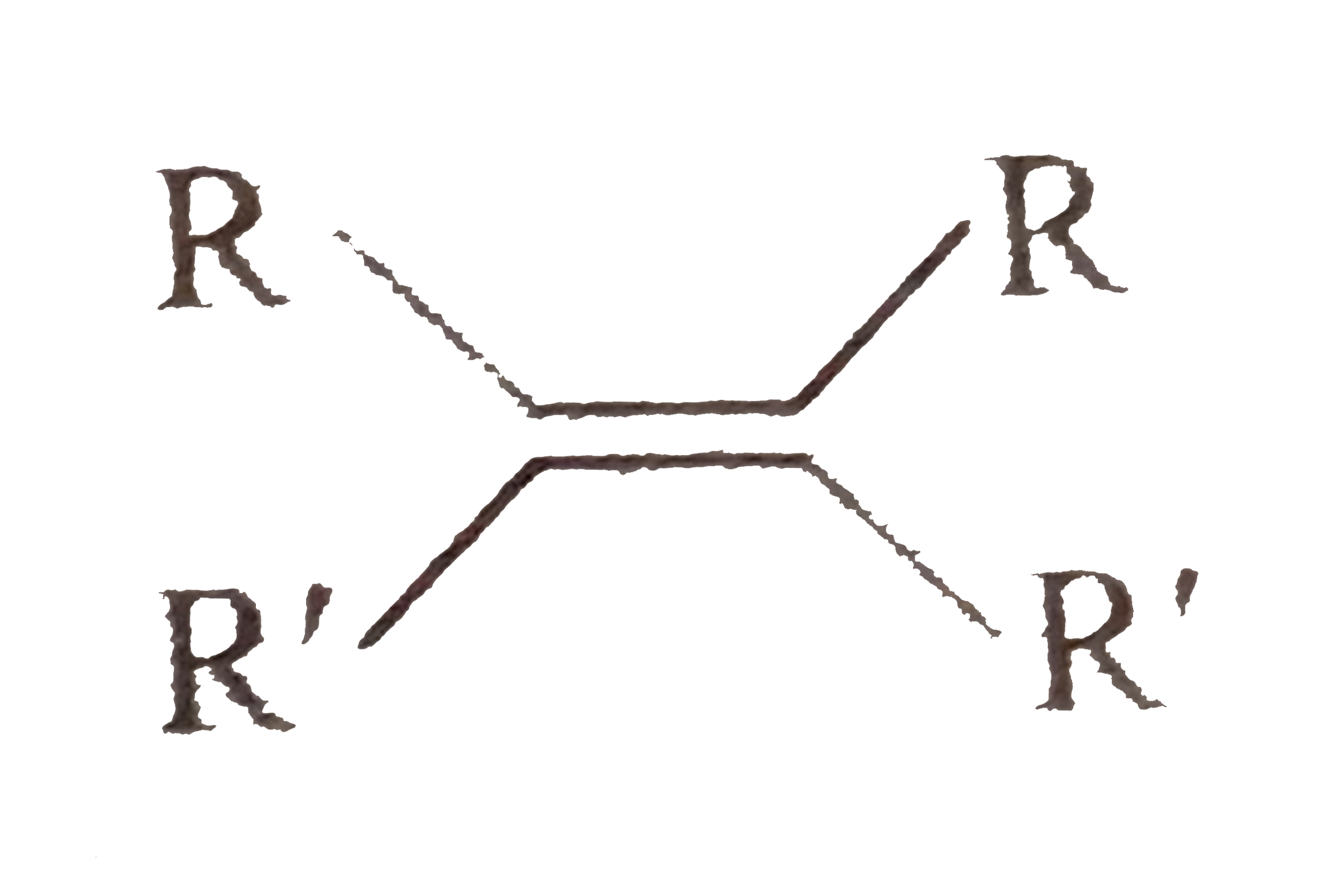 and (C=C) exocyclic to both rings. ].
and (C=C) exocyclic to both rings. ].
a. 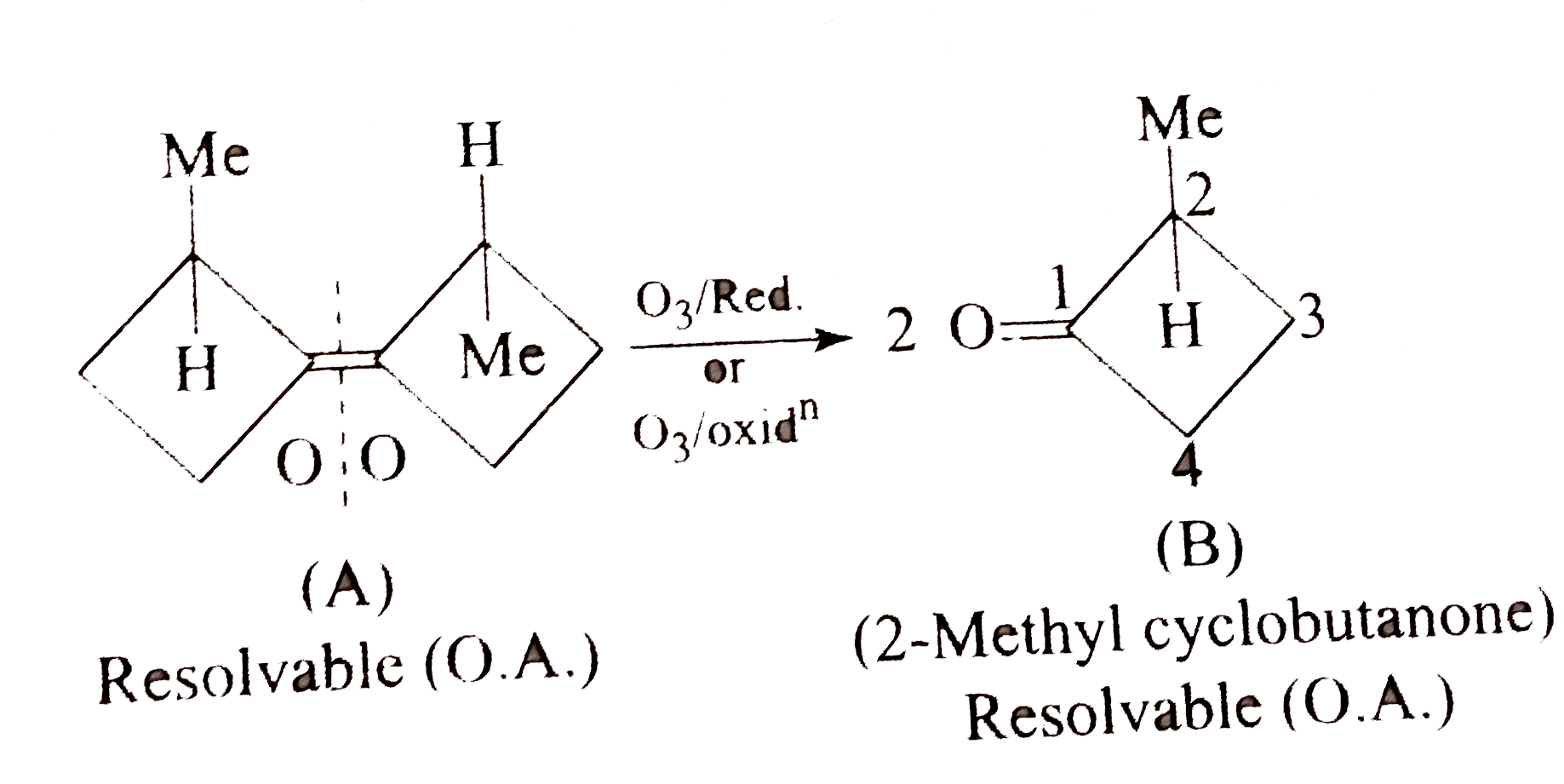
b. Both (A) and (B) are optically inactive( non− resolvable ).
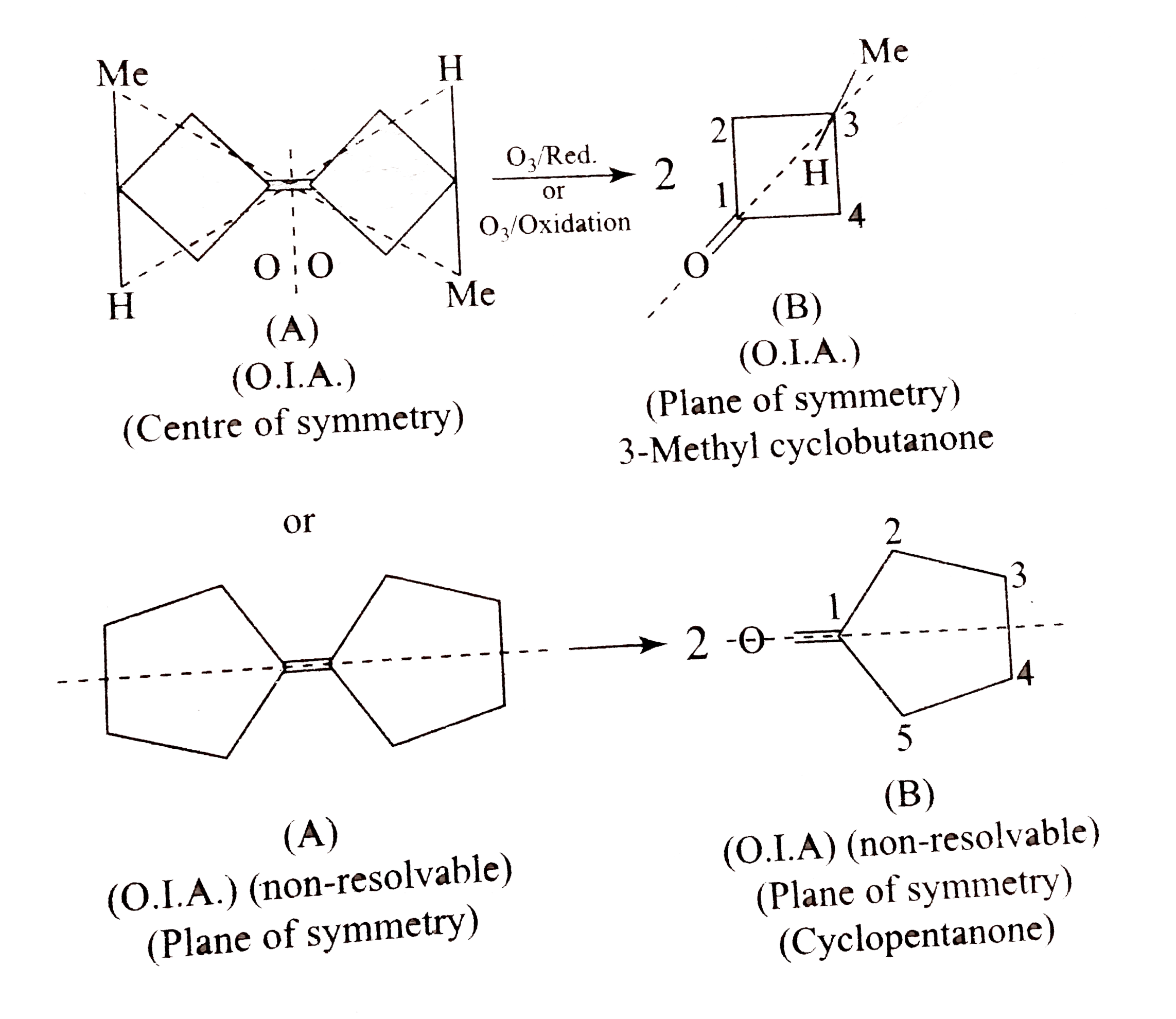
c. (A) is non− resolvable but (B) is resolvable. ltbr> 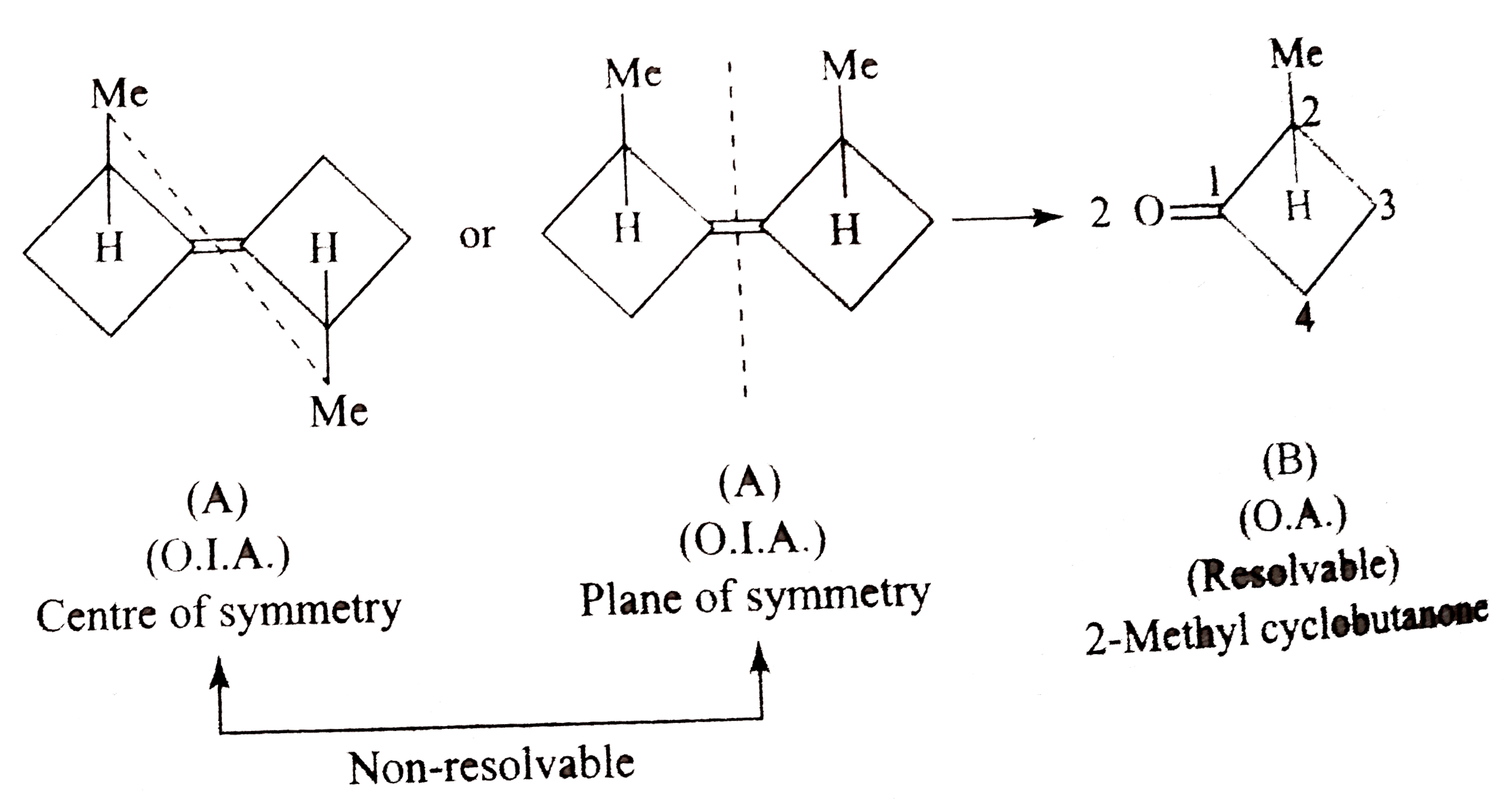
Topper's Solved these Questions
- BOOK - CENGAGE CHEMISTRYCHAPTER - ALKENES AND ALKADIENESEXERCISE - linked Comprehension Type38videos
ALKENES AND ALKADIENES
- BOOK - CENGAGE CHEMISTRYCHAPTER - ALKENES AND ALKADIENESEXERCISE - Multiple Correct Answer Type41videos
ALKENES AND ALKADIENES
- BOOK - CENGAGE CHEMISTRYCHAPTER - ALKENES AND ALKADIENESEXERCISE - SOLVED Example62videos
ALKENES AND ALKADIENES
- BOOK - CENGAGE CHEMISTRYCHAPTER - ALKANES AND CYCLOALKANESEXERCISE - Archives13videos
ALKANES AND CYCLOALKANES
- BOOK - CENGAGE CHEMISTRYCHAPTER - ALKYNESEXERCISE - Exercises (Archives - Analytical and Desriptive Type)4videos
ALKYNES
Similar Questions
(A)(C10H16)Reductiveozonolysis−−−−−−−−−−−→(B)(C5H8O)
Oxidationozonolysis−−−−−−−−−−−→(C)(C5H8O2)
(A) reacts with one equivalent of H2/Pd.
Give all the possible structures of (A),(B) , and (C) if all of them are non− resolvable.View SolutionC11H16 (A) reacts with two equivalent of H2 and on reductive ozonolysis gives two equivalent formaldeyde and (B) of the following structure.
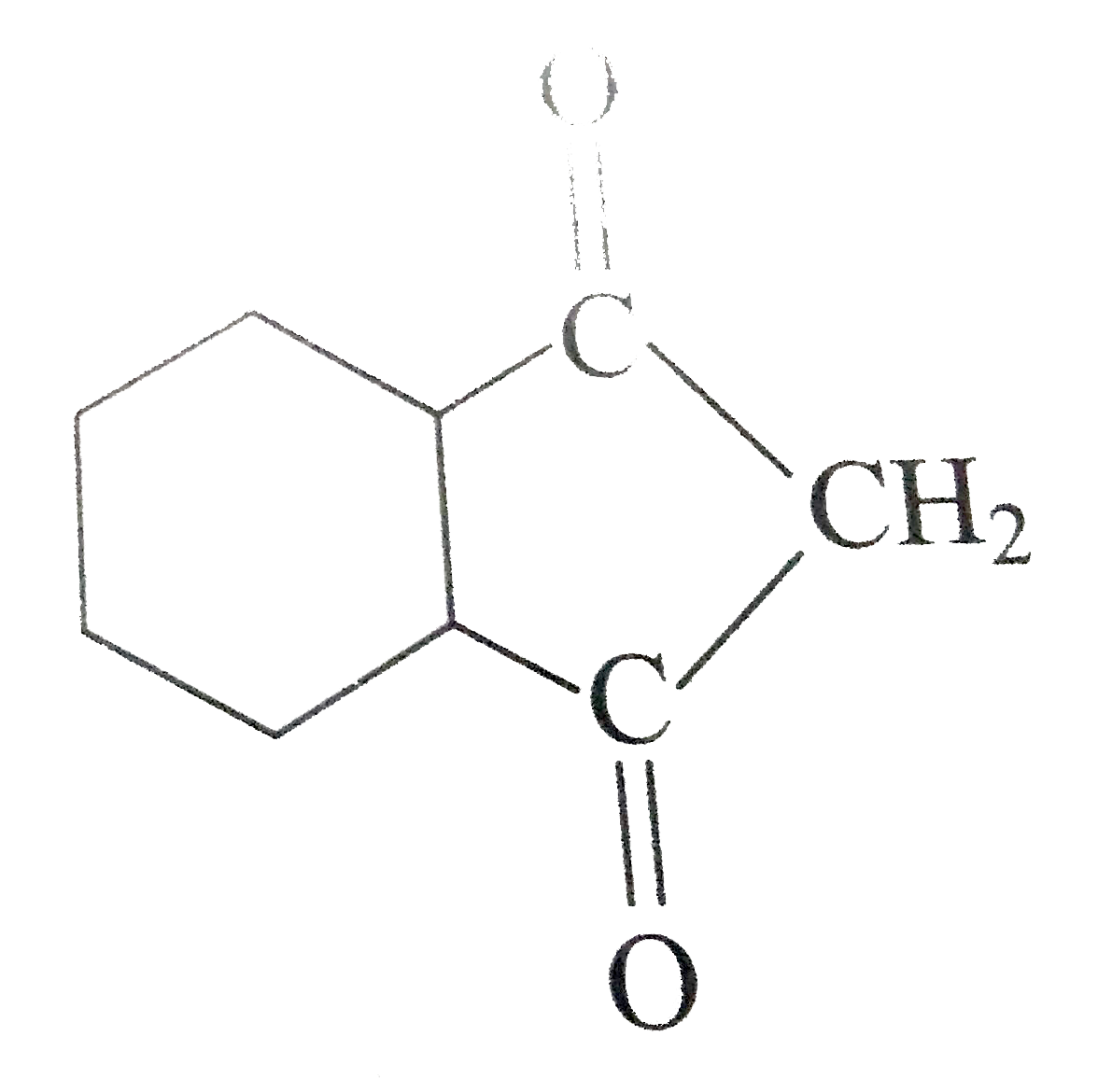
Identify structure of (A).View Solution
Knowledge Check
- Question 1 - Select One
Mg3N2H2O−−→A(gas)CuO−−→ΔB+C(g)+H2O,C(g) can be obtained by heating:
A(NH4)2SO4B(NH4)2Cr2O7CNH4NO3DNH4CI - Question 2 - Select One
CH3COOHP2O5−−→AC2H5OH−−−−−−−→pyridineB
Identify BAMethyl acetateBEthyl propionateCEthyl acetateDMethyl propionate - Question 3 - Select One
Ester A(C4H8O2)+CH3MgBr(2 parts)H3O+−−−→C4H10O(alcohol B)
Alcohol B reacts fastest with Lucas reagent. Hence, A and B respectively areACH3O∣∣COC2H5,(CH3)3COHBHO∣∣COC3H7,(CH3)2CHOHCCH3O∣∣COC2H5,(CH3)2CHOHDHO∣∣COC3H7,(CH3)3COH
C8H10(A)O3.H2O−−−−→ Acid (B) Identify (A) and (B) in the above reaction
View SolutionC8H10O3,H2O−−−−→C4H6O2 Acid (B), Identify (A) and (B) in the above reaction
View Solutionn−C7H16V2O5,500∘C−−−−−−−→10−20atm.ACl2,hv−−−→B
What is B in the above reaction?View SolutionCH3−C≡C−CH3H2−−−−−−→Pd−BaSO4(A)D2−−→Ni(B)
Product (B) of above reaction isView Solution(A)(C4H8O)H3O⊕−−−→(B)CrO3−−−−−→acetic acid(C)CH2N2−−−→Δ(D)
The compound 'D' isView Solution

